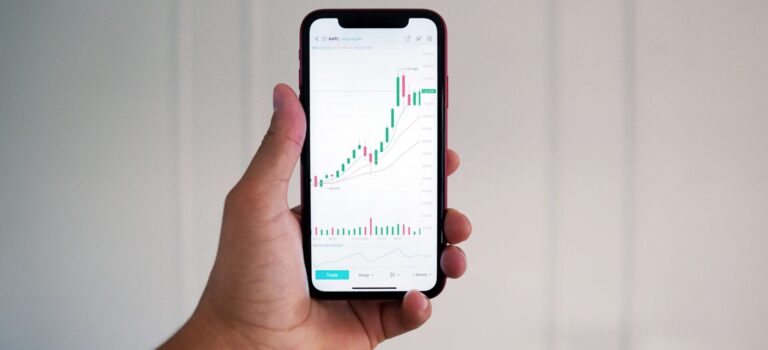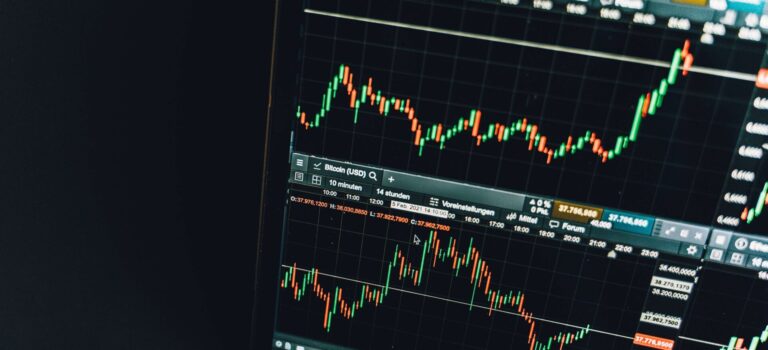Fidelity Equity Dividend Income (FEQTX) was one of many value-oriented funds that were outperformers in 2022. Diversified funds that had low technology exposure finished the year with small losses and even gains in many cases. Lack of exposure to mega-cap technology stocks along with avoiding speculative companies with little to no profits was half the battle. The other was having some positive exposure in the few sectors and subsectors that outperformed, such as energy and large-cap pharmaceuticals.
FEQTX’s current crop of top-10 holdings benefited most from the more than 80 percent rally in shares of Exxon Mobil (XOM). Higher oil prices and high inflation, plus low share prices coming out of the 2020 pandemic, helped power energy stocks last year. Consumer staples and healthcare were strong as well. Merck (MRK) was up 50 percent and Bristol-Myers (BMY) 20 percent. Johnson & Johnson (JNJ) had a small gain on the year, while Unilever (UL) saw only a small loss. These wins offset losses in holdings such as Cisco (CSCO) and Comcast (CMCSA).
Heading into 2023, the big debate is over economic growth. Inflation will fall because the first half of the year in 2022 contributed almost 5 percentage points of inflation. As long as inflation doesn’t suddenly reverse higher via geopolitical risk such as escalation in Ukraine, inflation should be far lower next year. Over the past six months (estimating December’s rate), the CPI increased 1.2 percent. If the trend carries into June, the CPI would fall to around 2.5 to 3.0 percent by then. This could dent holdings such as Exxon that rely on higher commodity prices, but the bulk of FEQTX’s portfolio is in dividend-paying blue-chip stocks. As inflation comes down, interest rates will stabilize or even decline.
The economy’s direction is more hotly debated. There are signs growth is slowing in areas such as manufacturing and housing, but overall economic growth remains solid. Surveys show employers report wage pressures and lack of skilled labor. Federal Reserve officials have singled out the surprisingly strong labor market as one reason why interest rates will remain higher for longer. Consumer spending has been robust. The yield curve is inverted, but it usually doesn’t steepen until the Federal Reserve starts cutting short-term interest rates. Finally, if we look at the stock market as a forward indicator, stocks such as Caterpillar (CAT) traded at new all-time highs in December. The market clearly thinks there will be rising demand for industrial products next year.
Funds such as FEQTX will do well in either of the most likely scenarios. A continuation of high inflation, higher interest rates and a strong economy will favor value stocks over growth. If all these trends reverse, investors will still favor dividend-paying stocks with strong financials over speculative growth stocks.
FEQTX is well positioned for variable outcomes because it has broad sector exposure. Financials is the largest sector at nearly 19 percent of assets but underweight relative to the benchmark Russell 3000 Value Index. Healthcare is next with 15 percent of assets. Blue-chip drug makers are a major subcomponent within the healthcare exposure. Along with Johnson & Johnson (JNJ), these stocks have earnings that are about as close to “recession proof” as companies get.
Technology is overweight at 13 percent of assets compared to the benchmark but still about half the exposure of the broader market. FEQTX also owns a different mix of technology stocks as represented by top holding Cisco. Energy is underweight at 6 percent of assets versus nearly 9 percent in the benchmark.
Overall, FEQTX leans toward the “growth” side of value with holdings such as pharma and tech stocks with high dividend yields. This makes it a good companion to more pure value funds that may overload the energy and materials sectors.
Management
John Sheehy has managed FEQTX since April 2017. He also manages Fidelity Stock Selector Large Cap Value (FSLVX).
FEQTX has an expense ratio of 0.58 percent. It has a turnover rate of 47 percent, down from 71 percent in the wake of the March 2020 market panic.
FEQTX paid a capital gain worth 5 percent of net asset value last year, 9 percent in 2021, 6 percent in 2019 and more than 11 percent in 2018. This fund should be held in a tax-advantaged account if minimizing taxes is part of your financial plan.
FEQTX earned a 3-star rating from Morningstar.
Portfolio
FEQTX has an average market capitalization of $54 billion, about half that of the Large Value category. It has fewer holdings in giant-caps and more in mid-caps. Compared to the average Large Value fund, FEQTX has about 14 percentage points less in giant-caps and 4 percentage points more in large-caps. Although only 5 percent of assets, the fund is also overweight small-caps relative to the category and index. Compared to the index, FEQTX has 20 percentage points lower exposure in giant- and large-cap holdings at 60 percent versus 80 percent for the index.
The top-10 holdings as of October 31, 2022 were Wells Fargo (WFC) 3.0 percent, Johnson & Johnson (JNJ) 2.9 percent, Unilever (UL) 2.9 percent, Exxon Mobil (XOM) 2.8 percent, Verizon (VZ) 2.4 percent, Sanofi (SNY) 2.2 percent, Bristol Myers Squibb (BMY) 2.2 percent, Cisco (CSCO) 2.1 percent, Merck (MRK) 2.1 percent and Comcast (CMCSA) 2.0 percent.
FEQTX is highly diversified, with its top-10 holdings accounting for only 24.6 percent of assets.
FEQTX has a beta and standard deviation slightly below that of the Large Value category.
Performance
As of December 27, FEQTX was down 0.91 percent in 2022. Over the past 1-, 3-, 5- and 10-year periods, it decreased an annualized 0.36 percent, then rose an annualized 6.95 percent, 6.99 percent and 10.30 percent, respectively.
FEQTX beat the Large Value category in all periods except the past 10 years, when it trailed by an annualized 0.10 percentage points. However, only about half of this period was managed by the current manager. Sheehy’s performance since taking over in 2017 has been excellent.
Outlook
Value funds outperformed greatly in 2022, and the conditions supporting their outperformance should continue. Fidelity Equity Dividend Income holds many “defensive” stocks that typically hold up better in bear markets. After a year in which some top holdings climbed more than 50 to 80 percent, another year of such strong performance is unlikely.
Economic and financial market conditions favor value stocks unless and until interest rates and inflation head back toward zero, something that won’t happen without further underperformance by growth stocks first. The best-case scenario for value stocks this year would be higher than expected inflation coupled with higher than forecast economic growth. Higher interest rates would trim growth stock valuations, while higher inflation and growth boost corporate earnings in the energy, materials and financial sectors.
Investors who want similar performance with a cheaper, more liquid fund can opt for Fidelity Stocks for Inflation (FCPI). The fund has a 0.29 percent expense ratio and 1.57 percent yield. FCPI outperformed FEQTX the past year as inflation took off because its portfolio is more fine- tuned for inflation. Since we expect inflation will drop at least in the first half of 2023, FCPI should have a smaller lead or even trail FEQTX in the first half of 2023. However, long-term investors who expect higher inflation in the coming decade may prefer building a position in FCPI for its inflation-oriented holdings.
Interested in continuing to receive strategic guidance on Fidelity Funds? Subscribe to the Investor Guide to Fidelity Funds today to gain immediate access to our full archives, including our most recent issue.



